Course Development in English Language Teaching
Résumé de section
-
-
This video by Sami Berbache introduces basic concepts such as course, syllabus, and curriculum and simplifies their definitions for students. The video presents a contextualization of the notion of course design in the field of TEFL (Teaching English as a Foreign Language)
-
-
This video by Professor MacKenzie elaborates on several interesting points related to needs analysis such as conducting needs analysis in real life and the reason behind going through such a process. The video introduces, at the end, practical examples of questions and answers you may encounter while conducting needs analysis
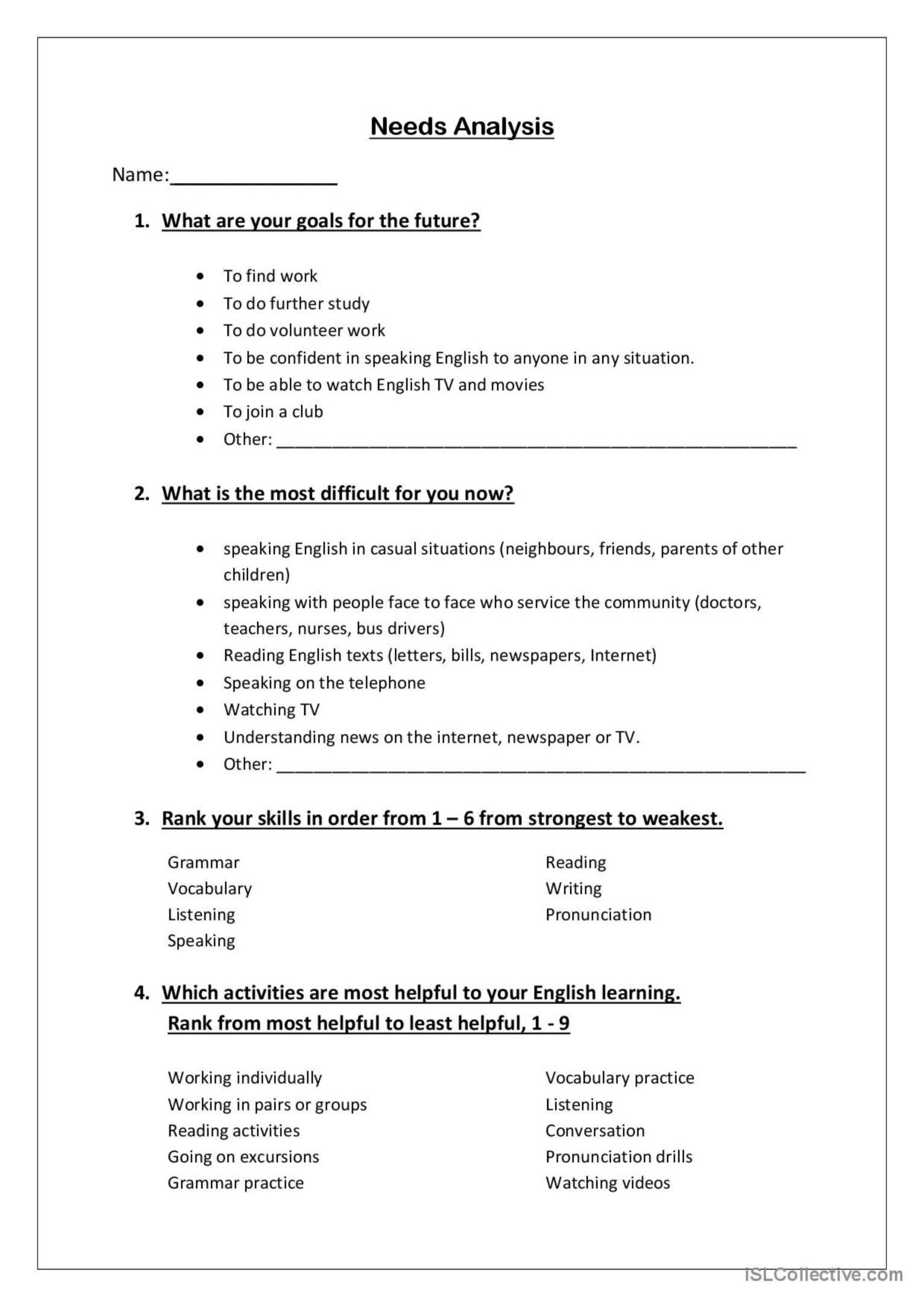
-
-
This video focuses on the characteristics of assessment and evaluation in education. It provides resources for teachers to teach and students to learn and acquires new skills. Assessment and evaluation in education encourage teachers and students to ask questions and investigate topics for themselves. Students learn best when they are assessed adequately. In this video, you'll see how assessment and evaluation in education can motivate students to learn important skills like communication, collaboration, and critical thinking. Teachers who are interested in using assessment and evaluation in their classroom should read more about it and start slowly by incorporating a few assessment activities into their lessons. We target the following: • Define assessment and evaluation in education • Describe the characteristics of assessment and evaluation in education • Identify the benefits of Assessment and Evaluation in Education
-
This is a student's tentative course design for an aviation engineering professional. This documents consists of a very interesting needs analysis process and a tentative lesson plan of one of the competencies required in the professional's workplace.
-
Second course design example
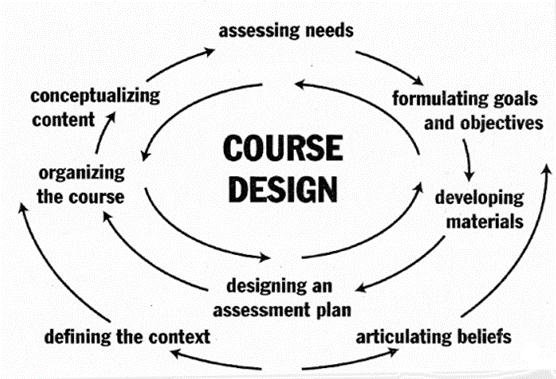



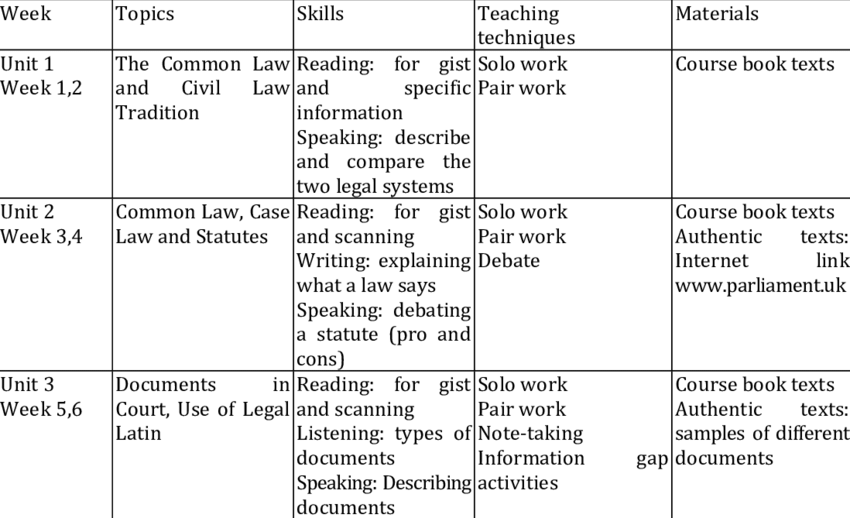
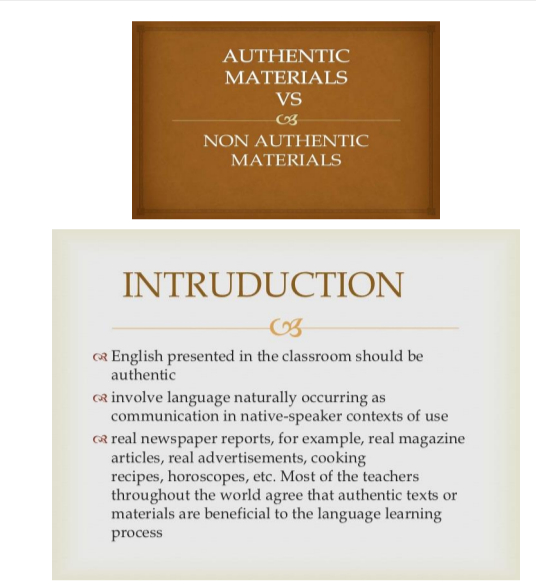
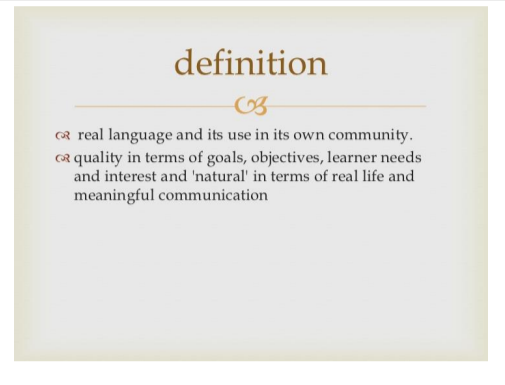
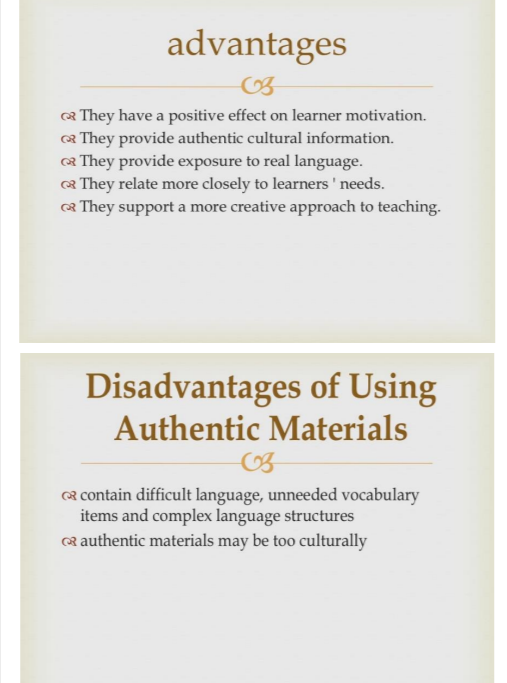

 Other methods (TeacherTalkingTogether on Facebook)
Other methods (TeacherTalkingTogether on Facebook)